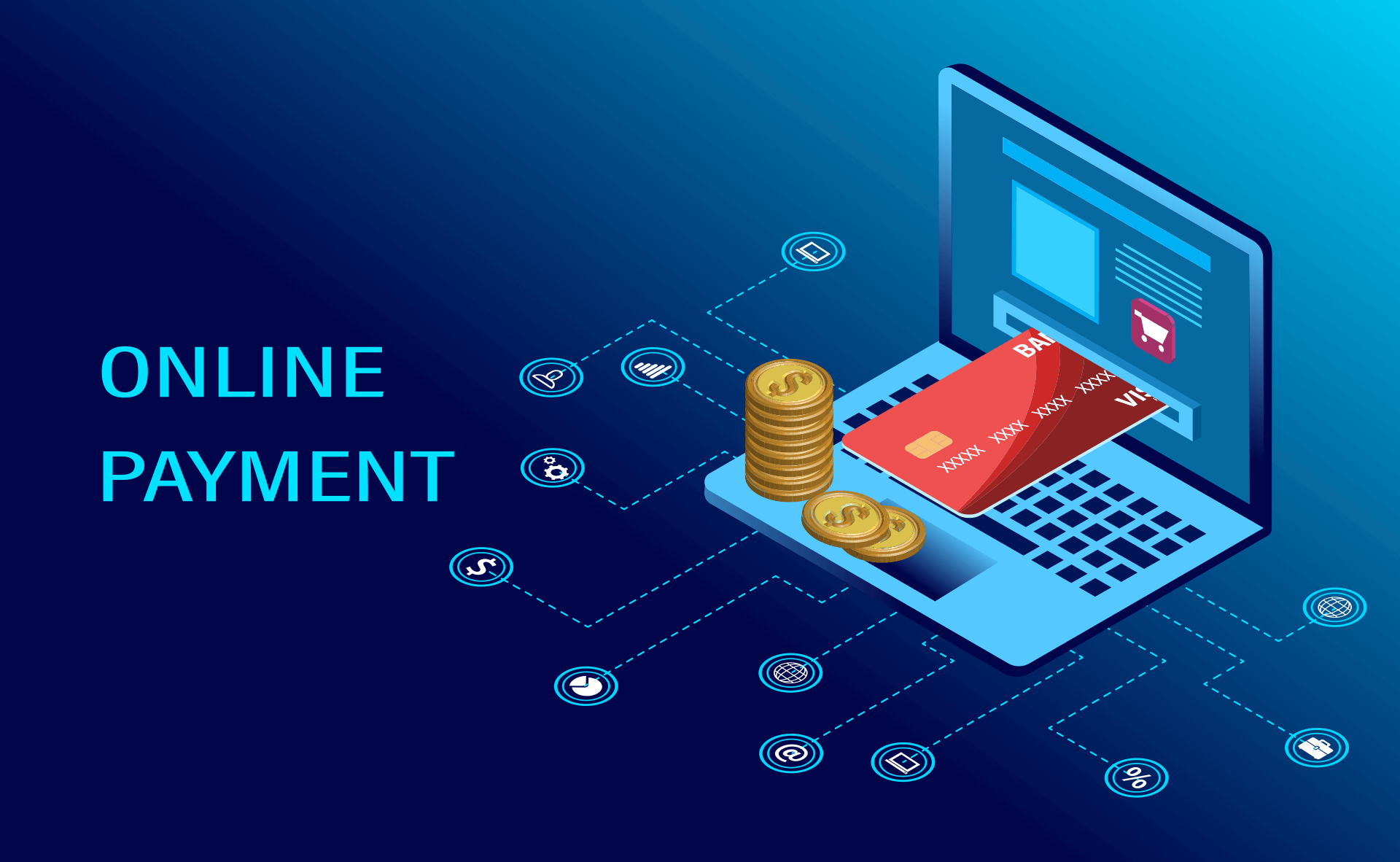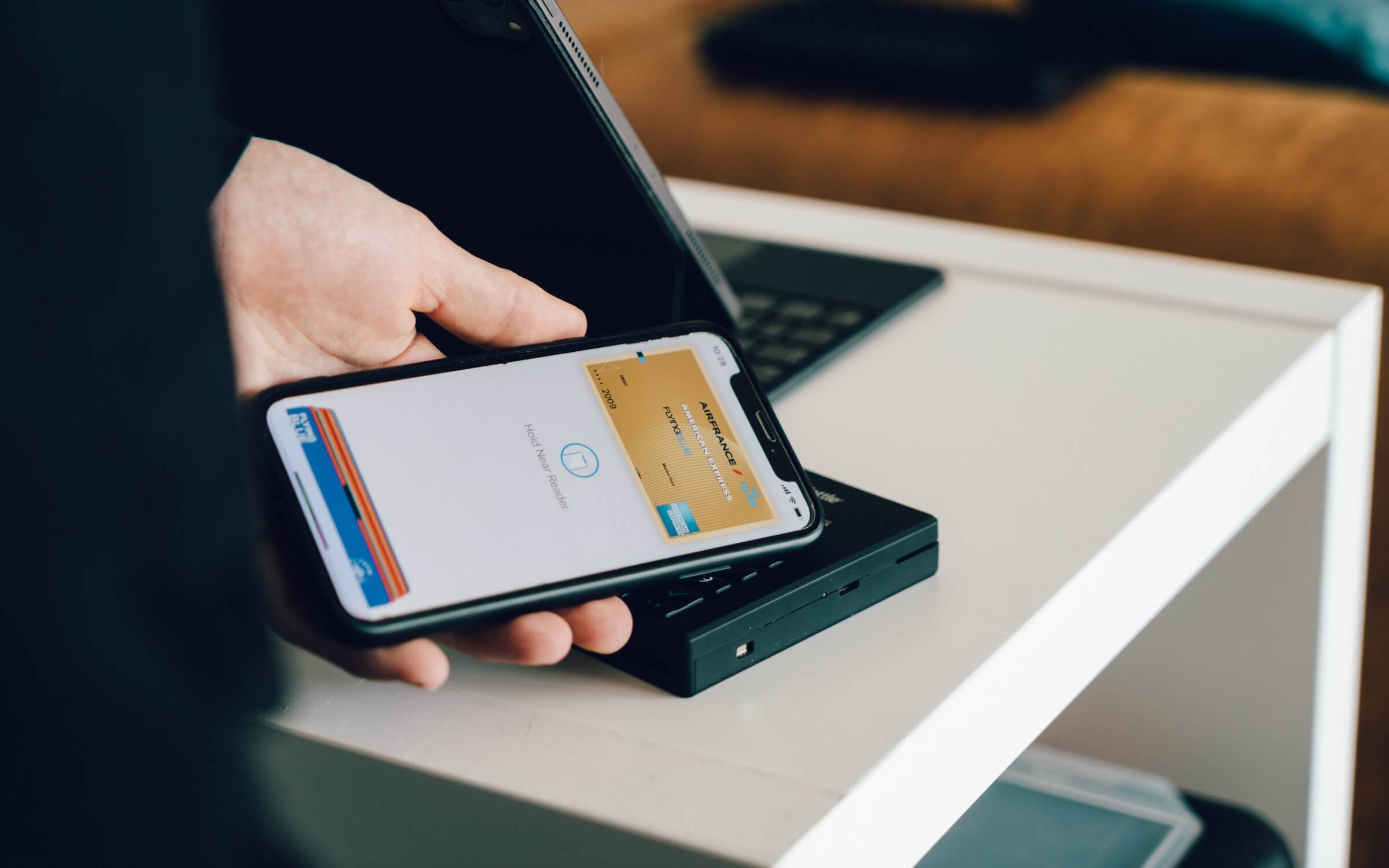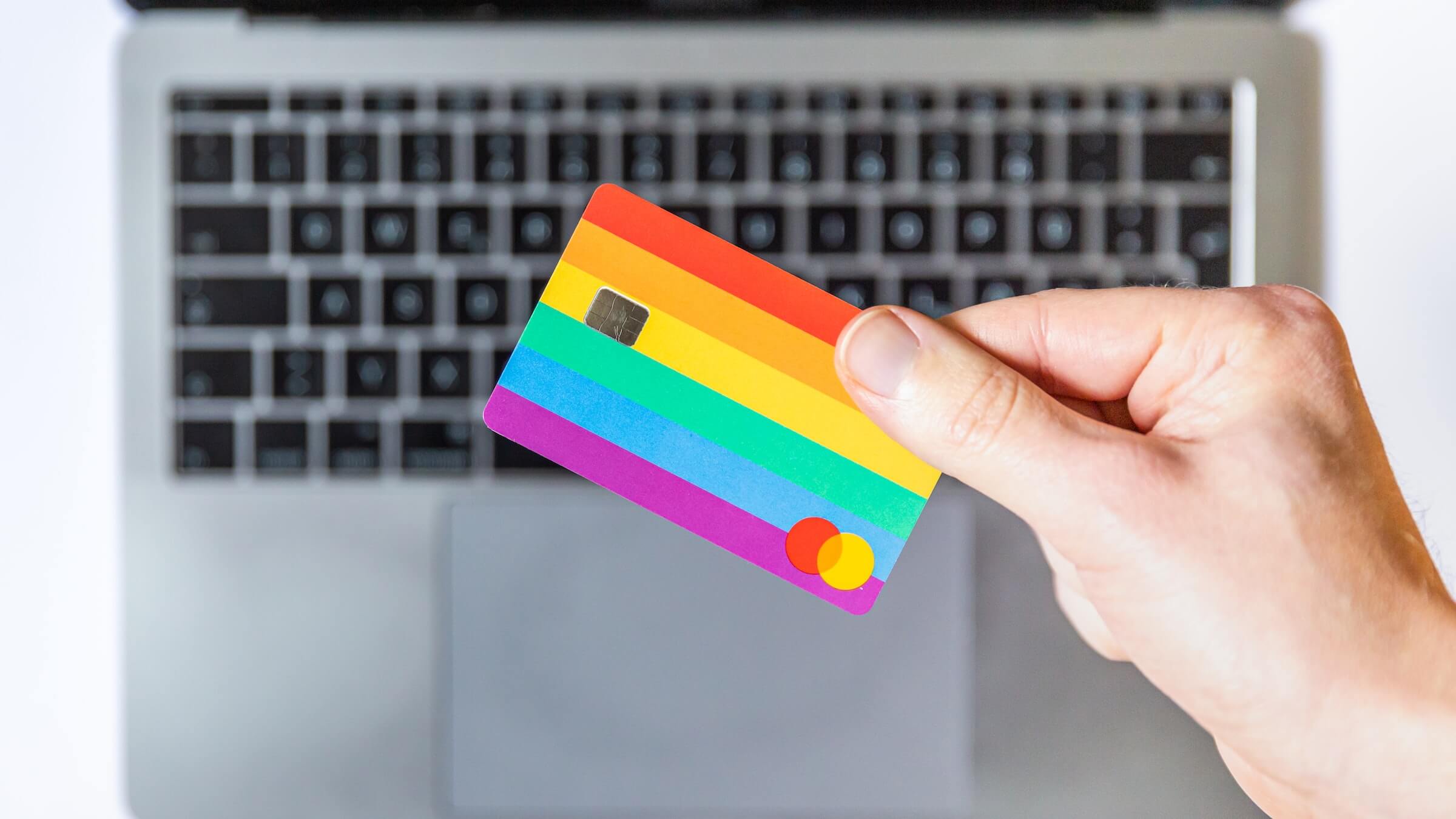The global pandemic has accelerated the transition to digital transactions. Such a rapid transition has revealed a new problem – an increase in the number of fraudsters and financial scams. Under such conditions, every business must take care to secure both their customers and their company.
Otherwise, businesses will suffer significant losses, and will also lose the trust of customers. However, technology is evolving. In addition, businesses must do everything necessary to ensure the security of online payments.
We will tell you about what you can do to protect digital money transactions.
Best Practices for Secure Online Payment

Some of the recommended steps to secure online payments are mentioned below.
- Make Sure Your Password is Strong
- Encrypt Data in Every Possible Way
- Protection of the Payment System Infrastructure
- Use Multi-factor Authentication
- Research Payment System Providers
Make Sure Your Password is Strong
The first thing you can do is to make sure that you meet the basic data protection requirement, which is to use a strong password. While the need to use a strong password is a necessity, over eighty percent of hacks still involve the usage of weak password combinations.
Unlike ordinary people, businesses are in a much more vulnerable position. Since they have a huge amount of valuable data, they are exposed to a bigger percentage of fraudulent attacks.
Thus, do not rely on using short and too simple words as combinations. Combinations should be long and difficult to calculate.

Encrypt Data in Every Possible Way
During the transaction, certain information is transmitted that fraudsters can intercept and use for their malicious intent. If you want to prevent the interception of information, then make sure that even if the information falls into the wrong hands, no one can figure it out.
We are talking about encryption methods such as tokenization, as well as point-to-point encryption. Blockchain technology, as well as the use of cryptographic algorithms, has attracted increasing interest from various organizations in recent years. Plenty of senior executives follow crypto news on websites like buidlbee to keep up to date with all the latest news and innovations.
Using these methods, you can encrypt all data that, if leaked, cannot be decrypted. Only you will have the decryption key, and hackers will only be able to get to the unreadable text.
Protection of the Payment System Infrastructure
Fraudsters will always modify and improve their attacks. The first thing that is always hit is the physical hardware. It can be affected by the unauthorized installation of malware.
Every business needs to test the reliability of physical equipment regularly. You should only work with reliable suppliers and repairers. In addition, in case of any momentary failures or malfunctions, you should immediately seek help from providers to make sure that everything is in order. Any negligence can lead to devastating consequences.

Use Multi-factor Authentication
In addition to making sure that your equipment is secure, you also need to make sure that your network is secure too. You can do this by using multi-factor authentication.
If more than one person has access to an endpoint, they must go through a rigorous check each time they connect. This means that they must provide some identification each time. This can be a PIN, a mobile device, or face scans and fingerprint scans.
On top of that, another good practice is to use card verification requests. Each time a customer makes a purchase, they will need to enter the three-digit code that is written on the back of their credit card or enter randomly generated combinations of numbers that the bank will provide to the customer. This helps prevent fraud even if hackers know the card number.
Research Payment System Providers
Many digital money transaction companies rely on third-party providers to help solve a lot of problems. It helps to significantly reduce costs. Moreover, third-party providers have reliable resources and infrastructure for securing payments, as well as data storage.
However, before contacting any supplier, you need to do thorough research. That is, you need to study the reviews, learn about the history of this provider and find out if there have been any attacks on them.
Only after you are convinced of the reliability of the supplier, you should contact them. Trying to save on provider costs can cost you even more. Also, more expensive solutions are not always more reliable.
Conclusion
The above practices are just basic ones that every company should adopt. If you are involved in digital money transactions, then you should always monitor any innovations and practices regarding the security of online payments. Any wrong and thoughtless action can lead to devastating consequences.